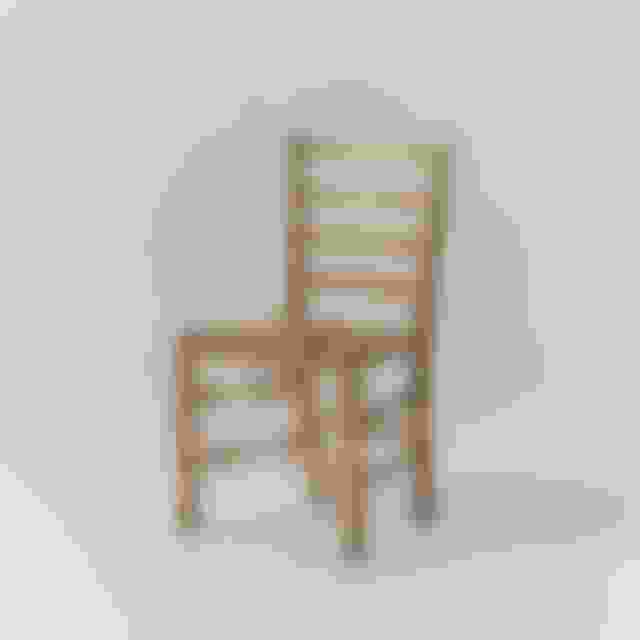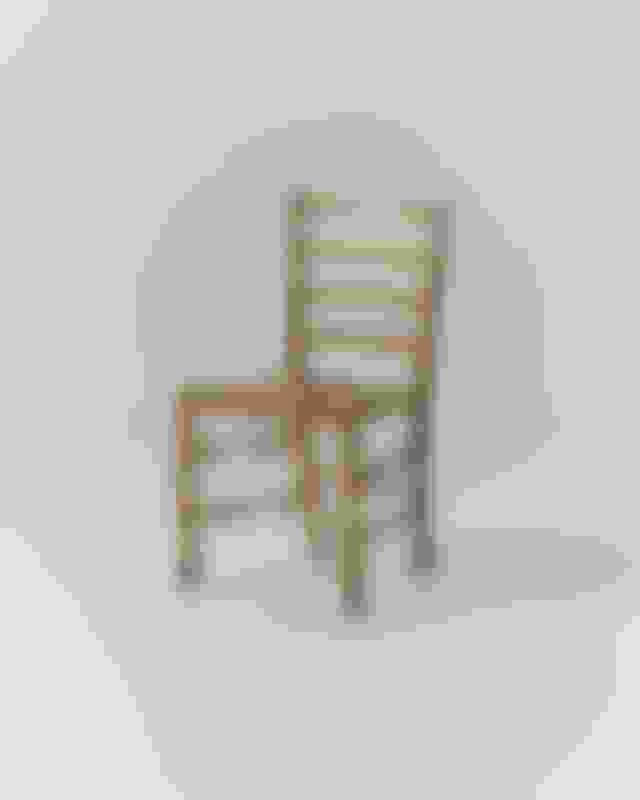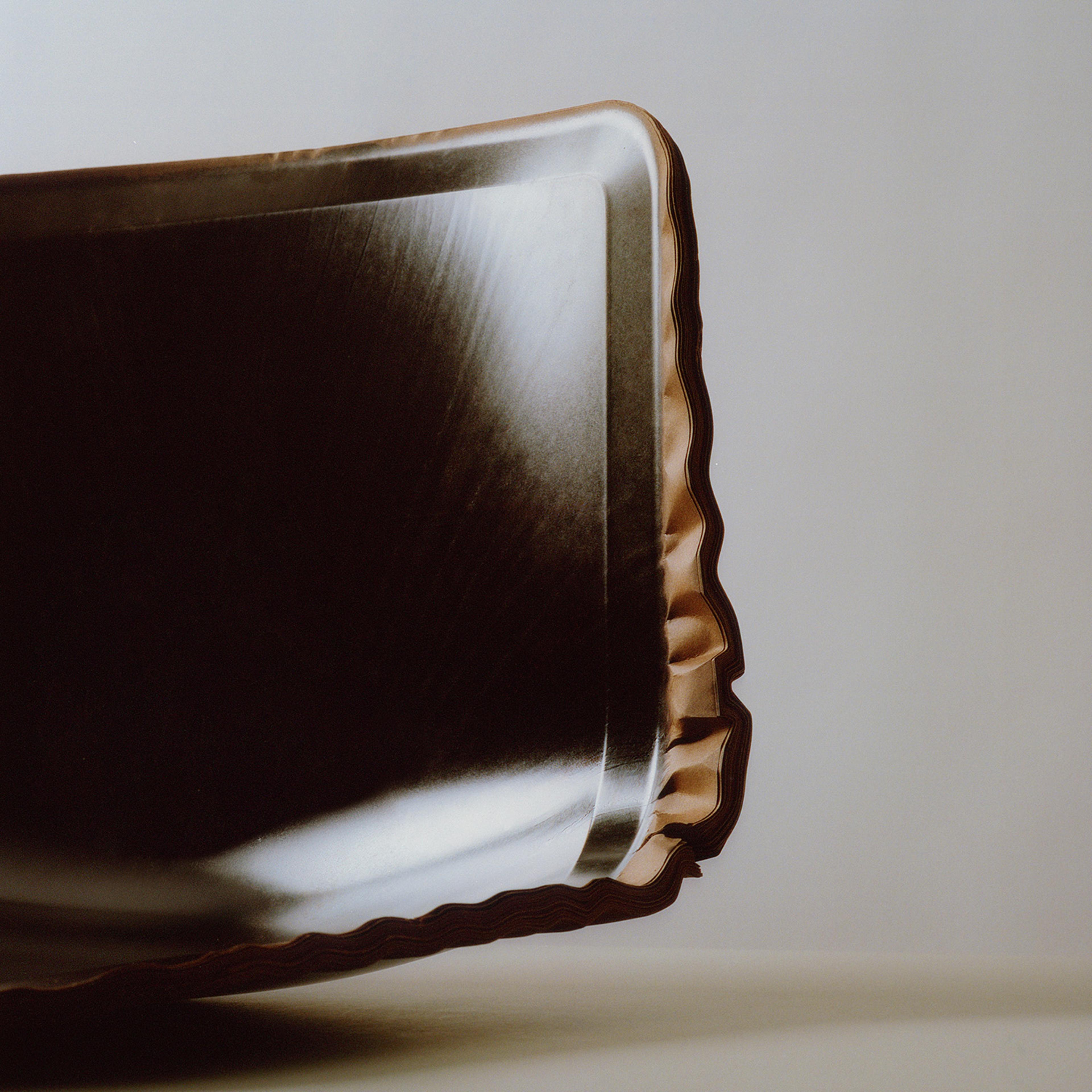The historical evolution of the Klint Chair
The Klint Chair, originally known as the Church Chair, was designed by the Danish architect and designer Kaare Klint. Over time, it has retained its timeless elegance and minimalist aesthetic while adapting to changing trends, needs, and proportions. Rooted in Klint's original 1936 design, the chair has undergone small yet significant adjustments that have ensured its continued relevance and comfort for new generations. These developments have allowed the Klint Chair to remain both modern and functional while preserving its classic expression as an icon of Danish furniture design.


“ I find Klint to be one of the most inspiring designers. His approach is so clear, and his sense of proportions and materials is so refined. ”
Christoffer Harlang, professor at the Royal Danish Academy
From Church Chair to Klint Chair
This text delves into the evolution of the Klint Chair, exploring how it has been shaped by its time. We examine the subtle modifications that have sustained its relevance and trace its journey from the original design to its contemporary form. The story of the Klint Chair is a testament to how a design can secure a unique place in Denmark's design heritage as one of Kaare Klint's most significant works.
In 1936, Klint designed the Church Chair as part of his vision for Bethlehemskirken (Bethlehem Church), which was built according to his own architectural drawings. With its Gothic double gable and red brick construction, Bethlehemskirken stands as a striking landmark on Åboulevarden in Copenhagen. The building draws clear inspiration from Klint's father, P.V. Jensen-Klint, the architect behind Grundtvig’s Church, where Klint Chair can be found in large numbers. Bethlehemskirken is a masterful example of Kaare Klint's ability to combine Gothic architecture with modern functionality, a quality reflected both in the church's overall design and in the simple, elegant Klint Chair with its original woven seat and frame, which remains in the church to this day.
The evolution of the chair


inspired by church interior


From Klint's own home


The new vs the original


From Kaare Klint's own home
In Kaare Klint's own home, the chair appeared in a unique version featuring an original woven seat and a slightly raised frame. This variant differs from the 1936 design in that the horizontal crossbar beneath the seat, connecting the legs, is slightly elevated. This adjustment gives the chair a distinctive character and highlights Klint's experimental approach to proportions.
A Part of Danish Design Heritage
The Royal Danish Academy of Fine Arts' collection houses some of the most authentic versions of Klint's chairs, preserving their original details. Subtle variations in the construction of these chairs reflect Klint's experiments and his distinctive design philosophy. They stand as a testament to his significance within Danish furniture tradition, where functionality and aesthetics are seamlessly intertwined. At the same time, they serve as historical references that continue to inspire contemporary furniture design.


Keep exploring
In 2024, we celebrated the 100th anniversary of the founding of Kaare Klint’s furniture school, the cornerstone of what we now know as Danish Design. Honoring the legacy of the legendary architect, professor, and furniture designer, we proudly continue his story by relaunching one of Klint’s most iconic chairs from 1936. To mark this occasion, we have curated a series of inspiring stories highlighting Kaare Klint’s exceptional contributions to Danish design.
1 of 4















